BMW X1 vs Renault Scénic – Differences & prices compared
Compare performance, boot space, consumption and price in one view.
Find out now: which car is the better choice for you – BMW X1 or Renault Scénic?
The BMW X1 (SUV) comes with a Diesel MHEV, Petrol MHEV, Plugin Hybrid, Petrol or Diesel engine and Automatic transmission. In comparison, the Renault Scénic (SUV) features a Electric engine with Automatic transmission.
When it comes to boot capacity, the BMW X1 offers 540 L, while the Renault Scénic provides 545 L – depending on how much space you need. If you’re looking for more power, decide whether the 326 HP of the BMW X1 or the 220 HP of the Renault Scénic suits your needs better.
In terms of consumption, the values are 0.80 L per 100 km for the BMW X1, and 16.60 kWh for the Renault Scénic.
Price-wise, the BMW X1 starts at 38200 £, while the Renault Scénic is available from 34600 £. Compare all the details and find out which model fits your lifestyle best!
The BMW X1 and Renault Scénic present distinct approaches to the compact SUV category. The BMW X1 stands out with its sporty design and dynamic performance, appealing to those who seek a premium driving experience. In contrast, the Renault Scénic offers a more family-oriented vibe, prioritizing interior space and versatility, making it an excellent choice for those who value practicality and comfort.
BMW X1
The new BMW X1 effortlessly blends sporty elegance with practical functionality, making it a standout choice in the compact SUV segment. Inside, the sophisticated cabin design is complemented by high-quality materials and cutting-edge technology, creating a welcoming and advanced driving environment. On the road, the vehicle's agile handling and responsive performance promise an engaging driving experience, whether navigating urban streets or embarking on longer journeys.
details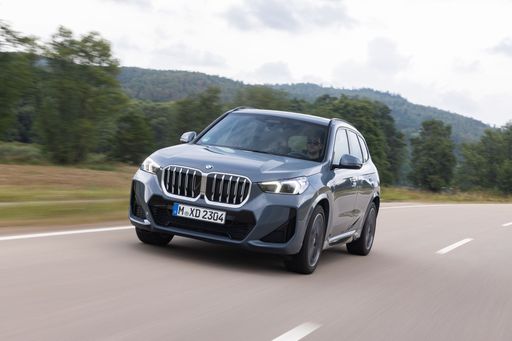 @ press.bmwgroup.com
@ press.bmwgroup.com
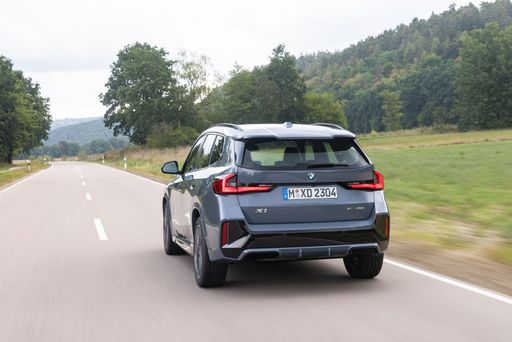 @ press.bmwgroup.com
@ press.bmwgroup.com
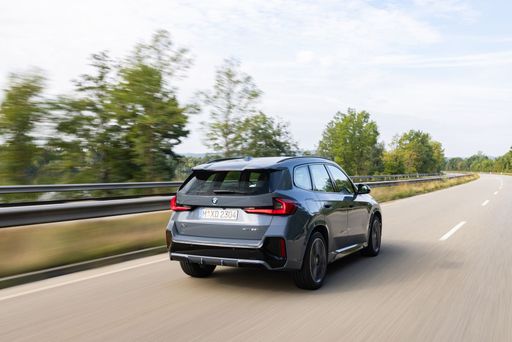 @ press.bmwgroup.com
@ press.bmwgroup.com
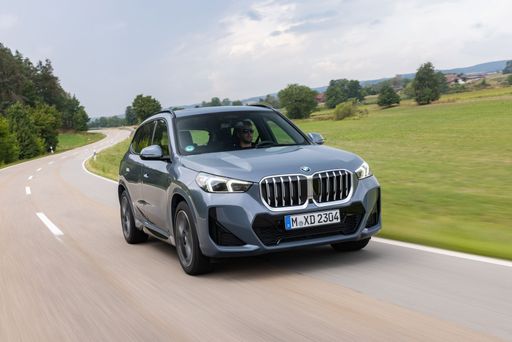 @ press.bmwgroup.com
@ press.bmwgroup.com
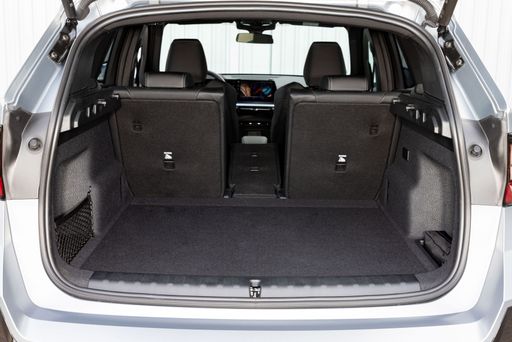 @ press.bmwgroup.com
@ press.bmwgroup.com
Renault Scénic
The Renault Scénic, with its distinctive design, captures attention through its sleek and modern aesthetic. Its interior is thoughtfully crafted, offering ample space and comfort for family travel or long journeys. The Scénic stands out with a strong emphasis on practicality, making it an ideal choice for those seeking both style and functionality in a vehicle.
details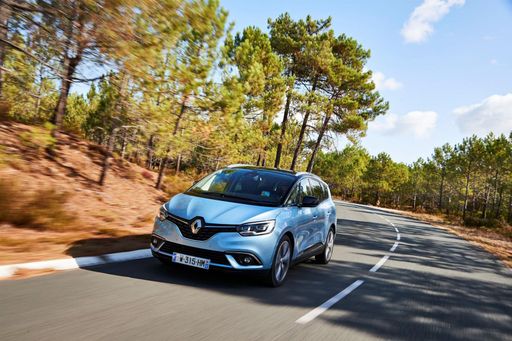 @ Renault
@ Renault
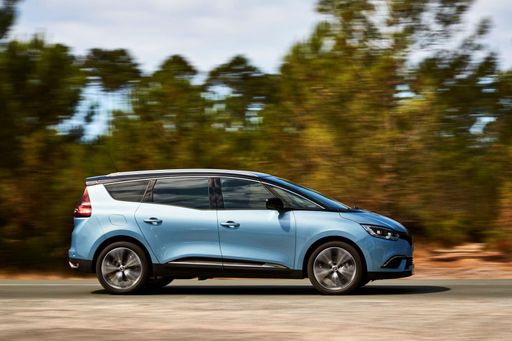 @ Renault
@ Renault
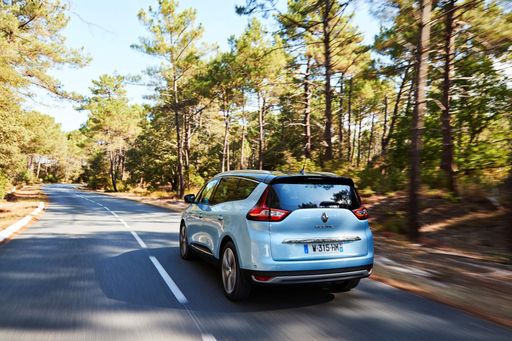 @ Renault
@ Renault
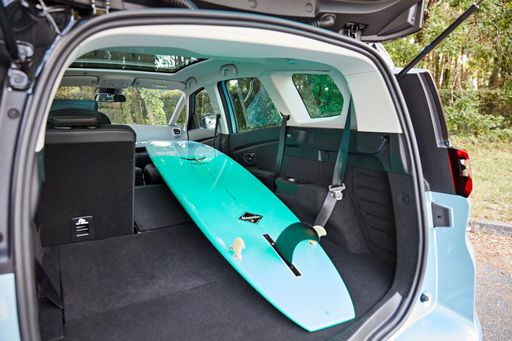 @ Renault
@ Renault
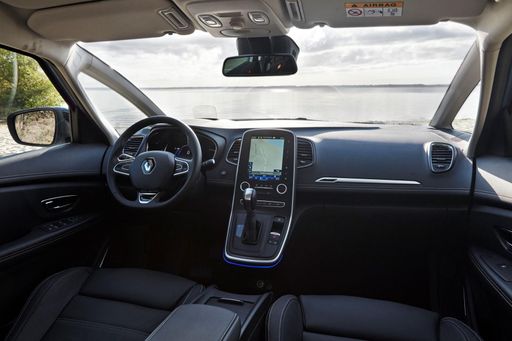 @ Renault
@ Renault
Comparing the Essentials: BMW X1 vs. Renault Scénic
In the dynamic world of SUVs, two competitors, the BMW X1 and the Renault Scénic, bring distinct flavors of performance, style, and innovation. As prospective buyers evaluate their next vehicle purchase, these models stand out for their compelling offerings. Let's dive into a head-to-head comparison, focusing on their technical specifications and innovations for the 2023/2024 models.
Performance and Power: Conventional vs. Electric
The BMW X1 offers a versatile lineup with multiple engine types including diesel, petrol, mild hybrids (MHEV), and a plug-in hybrid variant. The power output ranges from 136 HP to an impressive 326 HP. This diversity allows the X1 to cater to different driving needs, with the flexibility of front-wheel or all-wheel drive options. In terms of acceleration, the BMW X1 hits 0-100 km/h as quick as an impressive 5.4 seconds, depending on the engine choice.
On the other hand, the Renault Scénic stays true to the electric future with its all-electric powertrain. Offering two power levels—170 HP and 220 HP—the Scénic prioritizes eco-friendliness with a CO2 emission rate of zero. It provides competitive acceleration, going from 0-100 km/h in just 7.9 seconds with its more powerful engine variant.
Range and Efficiency
When it comes to fuel efficiency, the BMW X1's hybrid versions are particularly noteworthy. The plug-in hybrid model boasts an electric range of 83 km with a fuel consumption of as low as 0.8 L/100km, highlighting its efficiency in urban settings. The conventional engines range from an economic 4.6 L/100km to a spirited 7.7 L/100km, based on the powertrain and driving conditions.
In contrast, the Renault Scénic is purely electric, offering an impressive range that spans from 420 km to 598 km, making it a reliable option for longer journeys. Its energy consumption between 16.7 kWh to 17.6 kWh per 100 km positions it well within the segment of efficient electric vehicles, complemented by its eco-conscious CO2 efficiency class of 'A'.
Design and Space
Both vehicles exude their brand's design ethos while satisfying the practical needs of SUV buyers. The BMW X1 embodies a sleek profile with a length of up to 4505 mm, a width of 1845 mm, and a height ranging from 1622 mm to 1642 mm, maintaining the quintessential BMW athletic stance. Its trunk capacity varies between 490 and 540 liters, aligning with the needs of families or those requiring ample cargo space.
The Renault Scénic, slightly shorter in length at 4470 mm but wider at 1864 mm, offers a spacious interior, especially for an electric vehicle. Its trunk space stands at 545 liters, providing a bit more room than the X1. The Scénic’s design focuses on maximizing internal space while maintaining a compact exterior that facilitates urban navigation.
Technological Innovations
The technology suite in the BMW X1 is reflective of the brand's commitment to driving excellence, featuring advanced driver-assistance systems and a comprehensive infotainment interface that enhances the driving experience. It provides a blend of efficiency and performance tech aimed at optimizing each journey.
Conversely, the Renault Scénic embraces technological innovations in electric mobility, with a reduction gearbox to manage torque delivery smoothly. It features cutting-edge electric drive technology, aligning with the shift towards sustainable transport solutions.
Conclusion
The choice between the BMW X1 and Renault Scénic ultimately depends on individual needs and preferences. The BMW X1 stands out with its diverse engine options, powerful performance, and luxury design, appealing to those who desire flexibility and power in their SUV. Meanwhile, the Renault Scénic scores highly with its eco-friendly electric powertrain, spacious design, and advanced electric technology, catering to those who prioritize sustainability without sacrificing functionality.

|

|
|
|
|
Costs and Consumption |
|
|---|---|
|
Price
38200 - 55500 £
|
Price
34600 - 44000 £
|
|
Consumption L/100km
0.8 - 7.7 L
|
Consumption L/100km
-
|
|
Consumption kWh/100km
-
|
Consumption kWh/100km
16.6 - 17.5 kWh
|
|
Electric Range
81 km
|
Electric Range
420 - 598 km
|
|
Battery Capacity
14.20 kWh
|
Battery Capacity
-
|
|
co2
18 - 175 g/km
|
co2
0 g/km
|
|
Fuel tank capacity
47 - 54 L
|
Fuel tank capacity
-
|
Dimensions and Body |
|
|---|---|
|
Body Type
SUV
|
Body Type
SUV
|
|
Seats
5
|
Seats
5
|
|
Doors
5
|
Doors
5
|
|
Curb weight
1575 - 1935 kg
|
Curb weight
1822 - 1927 kg
|
|
Trunk capacity
490 - 540 L
|
Trunk capacity
545 L
|
|
Length
4500 - 4505 mm
|
Length
4470 mm
|
|
Width
1845 mm
|
Width
1864 mm
|
|
Height
1622 - 1642 mm
|
Height
1571 mm
|
|
Payload
490 - 500 kg
|
Payload
514 - 518 kg
|
Engine and Performance |
|
|---|---|
|
Engine Type
Diesel MHEV, Petrol MHEV, Plugin Hybrid, Petrol, Diesel
|
Engine Type
Electric
|
|
Transmission
Automatic
|
Transmission
Automatic
|
|
Transmission Detail
Dual-Clutch Automatic
|
Transmission Detail
-
|
|
Drive Type
Front-Wheel Drive, All-Wheel Drive
|
Drive Type
Front-Wheel Drive
|
|
Power HP
136 - 326 HP
|
Power HP
170 - 220 HP
|
|
Acceleration 0-100km/h
5.4 - 9.2 s
|
Acceleration 0-100km/h
7.9 - 8.6 s
|
|
Max Speed
190 - 250 km/h
|
Max Speed
150 - 170 km/h
|
|
Torque
230 - 477 Nm
|
Torque
280 - 300 Nm
|
|
Number of Cylinders
3 - 4
|
Number of Cylinders
-
|
|
Power kW
100 - 240 kW
|
Power kW
125 - 160 kW
|
|
Engine capacity
1499 - 1998 cm3
|
Engine capacity
-
|
General |
|
|---|---|
|
Model Year
2023 - 2025
|
Model Year
2025
|
|
CO2 Efficiency Class
D, E, B, F
|
CO2 Efficiency Class
A
|
|
Brand
BMW
|
Brand
Renault
|
BMW X1
The New BMW X1: A Fusion of Innovation and Performance
For those in search of a luxury SUV that masterfully combines technical innovation with driving pleasure, the BMW X1 stands as a paragon of design and engineering excellence. As part of the competitive compact SUV segment, the BMW X1 offers a robust array of features targeted towards both the tech-savvy and the driving enthusiast.
Advanced Engine Options
The BMW X1 delivers a versatile range of powertrains to suit the specific needs of different drivers. From the efficient diesel engines to cutting-edge plug-in hybrid variants, there’s a model for every preference. The diesel variants, including mild-hybrids, provide a balance between fuel efficiency and power delivery. Petrol engines, on the other hand, offer spirited performance with a more traditional feel.
Efficiency Meets Performance
The BMW X1's remarkable range of power, from 136 PS to an impressive 326 PS, caters to diverse driving needs. Models fitted with mild-hybrid technology afford drivers reduced fuel consumption and emissions, with the plug-in hybrid leading the field in eco-efficiency with consumption figures as low as 0.8 L/100km and an electric range of up to 83 km.
Technological Innovation
Stepping inside the BMW X1, drivers are greeted with an intuitive cockpit, seamlessly integrating the latest BMW technology. An advanced infotainment system offers connectivity at the touch of a button, while an array of driver assistance systems ensure that safety and convenience are at the forefront.
Design and Comfort
The BMW X1 exudes a powerful presence on the road with its refined SUV aesthetics. Offering substantial interior space, it comfortably accommodates up to five passengers with ample boot capacity ranging from 490 to 540 litres. BMW also offers various trim levels, including the luxurious M Sport package, that enhance both the aesthetic and dynamic appeal.
Dynamic Driving Experience
BMW enthusiasts will appreciate the dynamic handling characteristics synonymous with the brand. Whether it's the front-wheel drive or the xDrive all-wheel system, the BMW X1 delivers responsive handling and a smooth driving experience, making it ideal for both urban and motorway driving scenarios.
Conclusion
The BMW X1 raises the bar for compact SUVs, offering a harmonious blend of innovation, efficiency, and driving pleasure. For those seeking a vehicle that stands out both in terms of aesthetics and technology, the X1 is undoubtedly a worthy contender.
Renault Scénic
Introducing the All-New Renault Scénic: A Leap into the Future
The Renault Scénic has long been a family favourite, and with its latest iteration, it offers a blend of advanced technology, impressive performance, and eco-friendly credentials. The 2024 model year makes a grand entrance with its electric-only range, showcasing the brand's commitment to a sustainable future.
Powerful Performance Range
The latest Renault Scénic range offers two power specifications to cater to different driving needs. With power outputs ranging from 170 to 220 PS, and a torque between 280 and 300 Nm, there's plenty of punch to ensure a dynamic driving experience. Choose the variant that suits your lifestyle, whether it's the Comfort Range with a satisfying 420 km electric range or the Long Range capable of 598 km on a full charge.
Sleek Design and Comfort
Renault has effectively transformed the Scénic into a suave SUV, integrating both style and functionality. It measures 4470 mm in length, 1864 mm in width, and stands 1571 mm tall – dimensions that promise ample interior space while maintaining a sporty silhouette. The five-seat configuration ensures comfort, with a spacious 545-litre boot capacity making it ideal for family trips or weekend getaways.
Efficiency at Its Core
With an efficiency of 16.7 to 17.6 kWh per 100 km, the Renault Scénic provides an excellent balance of performance and economy. On top of that, it maintains a CO2 efficiency class of A, delivering 0 g/km, which is a testament to its dedication to reducing environmental impact. Furthermore, the monthly cost ranges from €1021 to €1172, and €0.408 to €0.469 per km, ensuring the Scénic is economically sensible as well.
Innovative Technology Package
The Renault Scénic is packed with innovative technology to enhance the driving experience. The standard automatic transmission is complemented by a reduction gearbox, ensuring smooth and responsive acceleration. Multiple trim levels, including Evolution, Techno, Esprit Alpine, and Iconic, offer a variety of features to match your preferences.
Safety and Practicality
Safety is paramount in the Scénic, with its robust build and suite of advanced safety features. The model’s design also accounts for practicality, with a payload capacity ranging from 514 to 518 kg, making it fit for daily errands and heavy loads alike. Additionally, its top speed ranges up to 170 km/h, providing peace of mind on motorways.
Concluding Thoughts
Renault has truly pushed the boundaries with the new Scénic, creating an all-electric vehicle that marries sophistication with practicality. Whether navigating urban landscapes or exploring the open road, the Scénic delivers on both style and substance for the discerning eco-conscious driver.
Which drive types are available for the BMW X1?
Available as Front-Wheel Drive or All-Wheel Drive.
The prices and data displayed are estimates based on German list prices and may vary by country. This information is not legally binding.
